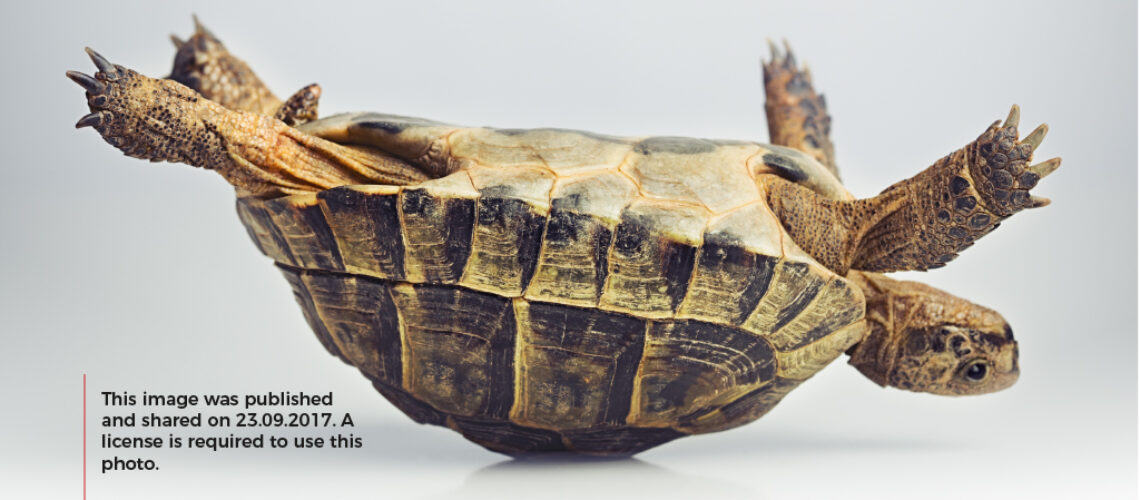Berlin, Tokyo, New York, 25 September 2017. Image protection is active worldwide. Yet still every day millions of cases of online unauthorized image uses occur. The cases selected by Copytrack show just how versatile copyright infringements can be. In their own way, they are ground-breaking and have made headlines all over the world, raising new questions when it comes to copyright law.
Highest Worldwide Compensation Payout for Image Usage Abuse on Twitter
A US local court made it clear that sharing images that are not yours on Twitter between friends could end up as worldwide image abuse claim. The court created strong definitions of the author’s rights on Twitter: images can be shared and spread by users without the permission of the creator, however, not for commercial purposes. In this specific case, it started when the photo journalist, Daniel Morel, uploaded images of the Haiti earthquake on to Twitter. The photos were found and used by the press agency AFP without a license. Another person also spread Morel’s work using Getty Images, which alone were sold over 820 times to other media, without the photographer receiving anything in compensation. Morel demanded 120 million dollars in damages. The court stated that according to the American Copyright Act the images were further used without authorization. They also found that Getty deliberately altered the copyright information and therefore violated the Copyright Act. Getty Images and AFP had to pay more than 1,2 million dollars in compensation. So far, this is the highest amount that a US court has ever awarded for online copyright abuser claim.

In Settlement Resolved: 100 Case Image Abuse of Copyright
The Wiener Hotel Sofitel got themselves involved with a very expensive image infringement case. They bought the rights to use the work of Horvath, an Austrian photographer, for their add campaign. The photos were originally licensed for this sole purpose for a limited time. However, the photographer then discovered his image in the newspaper. Further searches found more unauthorized uses of his images. His images were used without his permission internationally with over 100 cases in total. The hotel did not just breach the contract but also gave others the permission to use the photo as well. Horvath was the copyright holder but had no idea about the actions of the hotel. The infringement was finally resolved between both parties with a settlement. The exact amount of the settlement is unknown, but is most likely in the 6 or 7 figures. A fee like this should remind anyone to stick within their contractual agreements of image use.
Unclear Image Rights: Ape Selfie
The following case forces the law to answer the question if only a person, or if animals can be copyright holders too. A photographer positioned his camera position near the rare macaques. One special and curious ape pushed the trigger creating a selfie. Did he do it knowingly? Willingly? In any case the selfie became a viral sensation as it was shared and printed all over the world. The photographer who assumed himself as the copyright owner financially ruined himself trying to fight for, what he believed was, his right. The struggle was due to the USA stating that images taken from animals have no copyright. As well as this the animal protection organisation PETA sued claiming that the photographer didn’t have the rights to the profit generated from this photo because the macaques took the photo. This completely odd and new case of image law finally ended with a settlement. It stated that the photographer was entitled to the profit but that 25 percent of all future profits must be given to the ape or the habitat where he lives. It was too late for the photographer, however, as he was already financially ruined.
Malicious Damage, Reputational Damage and Image Rights Abuse: Lawsuit against Getty
The following spectacular image theft case also became famous worldwide. The photographer Carol Highsmith handed over her works to the Library of Congress and made them available to everyone free of charge. However, the copyright of her pictures remains with her. The stock agency Getty, however, sold these images and even sent warnings to those who use the images freely, i. e. to Getty without paying any royalties. Highsmith herself also received a letter after using one of her own pictures on a website. In response, she filed a billion-dollar lawsuit against the stock photo agency for a total of 18,755 violations. Getty had provided the pictures with their own watermark before the sale. In some cases, the copyright owner Highsmith was also missing or Getty described herself as the sole copyright holder. According to the Copyright Act, this picture information, which can be found in the small print or in the metadata of the picture, may not be changed or removed. The plaintiff’s claim also included the fact that Highsmith feared that her reputation would be damaged by Getty’s behavior and that the agency had violated the law maliciously, as she should have been informed about the right and wrong regarding the alteration of picture details according to the proceedings against a photographer. But there was not much left of Highsmith’s lawsuit after the court thought that her claims as the author had been lost due to the donation of the pictures to the Library of Congress. The few remaining charges by Highsmith were settled out of court.
Millionaire Image Thief
The following behavior of an artist has already led to legal disputes and controversies on several occasions. Richard Prince makes millions by photographing pictures and selling them for high amounts. He uses a picture as a model for a new work of art. He also uses images from Instagram for his own purposes, although his modification only consisted of adding subtitles or texts. Prince did not ask for permission from the originators of the pictures nor did he inform them about his actions. The original copyright owners did not receive any money, but Prince himself collects millions. But he was not yet at any legal risk. After all, image recreation is a branch of art that is legally permitted, especially in the USA. Photographer Patrick Cariou sued Prince and caused quite a stir on the art scene. Many photographers have taken the side of Cariou, who see their rights as originators severely curtailed by Prince. The art world supported the artist. Prince and Cariou finally settled out of court.
© COPYTRACK | Andrea Feustel


